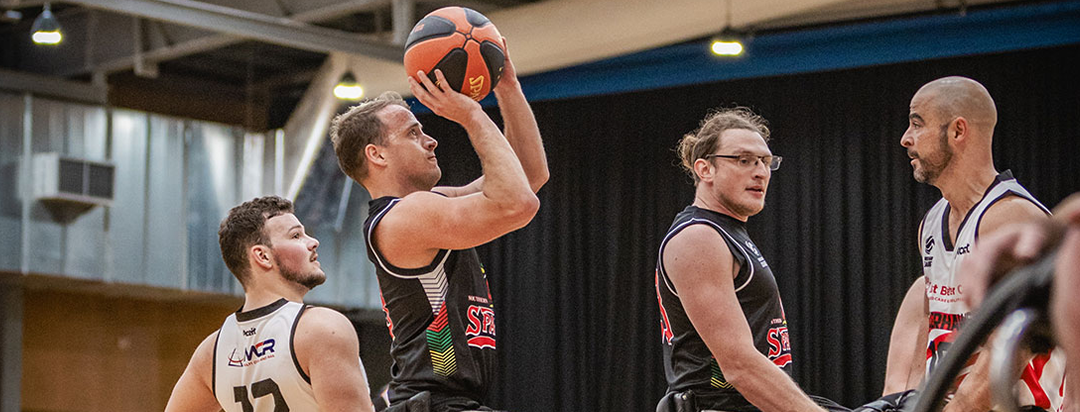

Lorem ipsum dolor sit amet, consectetur adipiscing elit ut liqua purus sit amet luctus venenatis, lectus magna.

Adaptive sports cover a wide range of activities, from team games to individual events, each designed to make athletic participation accessible to people with disabilities. What makes them distinct isn’t a new set of sports, but the way traditional ones are adjusted with specialized equipment, modified rules, or supportive structures so more athletes can take part.
Team sports are some of the most popular in the adaptive category, offering the same camaraderie and competition as their traditional versions. Wheelchair basketball is a prime example, played on a regulation court with only minor adjustments to rules. Sled hockey brings the intensity of ice hockey to athletes who compete using sleds and sticks with picks for mobility.
Goalball stands out as a sport designed specifically for athletes with visual impairments. Teams compete by throwing a ball embedded with bells across a court, relying entirely on sound to play defense and score.
Individual adaptive sports give athletes the chance to compete at their own pace and skill level. Para swimming and para track and field are mainstays, with events carefully classified so athletes of different abilities can compete fairly. Adaptive cycling, which includes both handcycles and tandem bikes, allows participants to compete recreationally or at elite levels.
Skiing and snowboarding also have adaptive versions, where athletes use sit-skis, outriggers, or prosthetics tailored for winter sports performance.
Beyond mainstream competition, adaptive sports also thrive in recreational settings. Adaptive rowing, archery, and climbing are gaining popularity in local clubs and community programs. These sports often blur the line between recreation and competition, allowing athletes to train, improve, and potentially move into higher levels of play.
Emerging sports continue to expand opportunities as equipment technology advances. From adaptive surfing to wheelchair rugby, the range of options has grown dramatically in recent years, giving athletes more ways to find the sport that fits them best.
Adaptive sports exist across multiple levels, from casual community leagues to international competition. Recreational leagues provide opportunities for newcomers to learn, while national and international events — including the Paralympic Games — showcase the highest levels of performance.
This layered structure ensures there is a place for everyone, whether the goal is exercise, social connection, or elite athletic competition.
The variety of adaptive sports demonstrates how athletics can be reshaped to include more participants without losing the spirit of competition. With so many different paths available, athletes can find sports that align with their interests, abilities, and goals.
The continued growth of adaptive sports means that participation is no longer limited to a select few activities — it now spans nearly every corner of athletics, ensuring access and opportunity across the board.


Explore our collection of 200+ Premium Webflow Templates